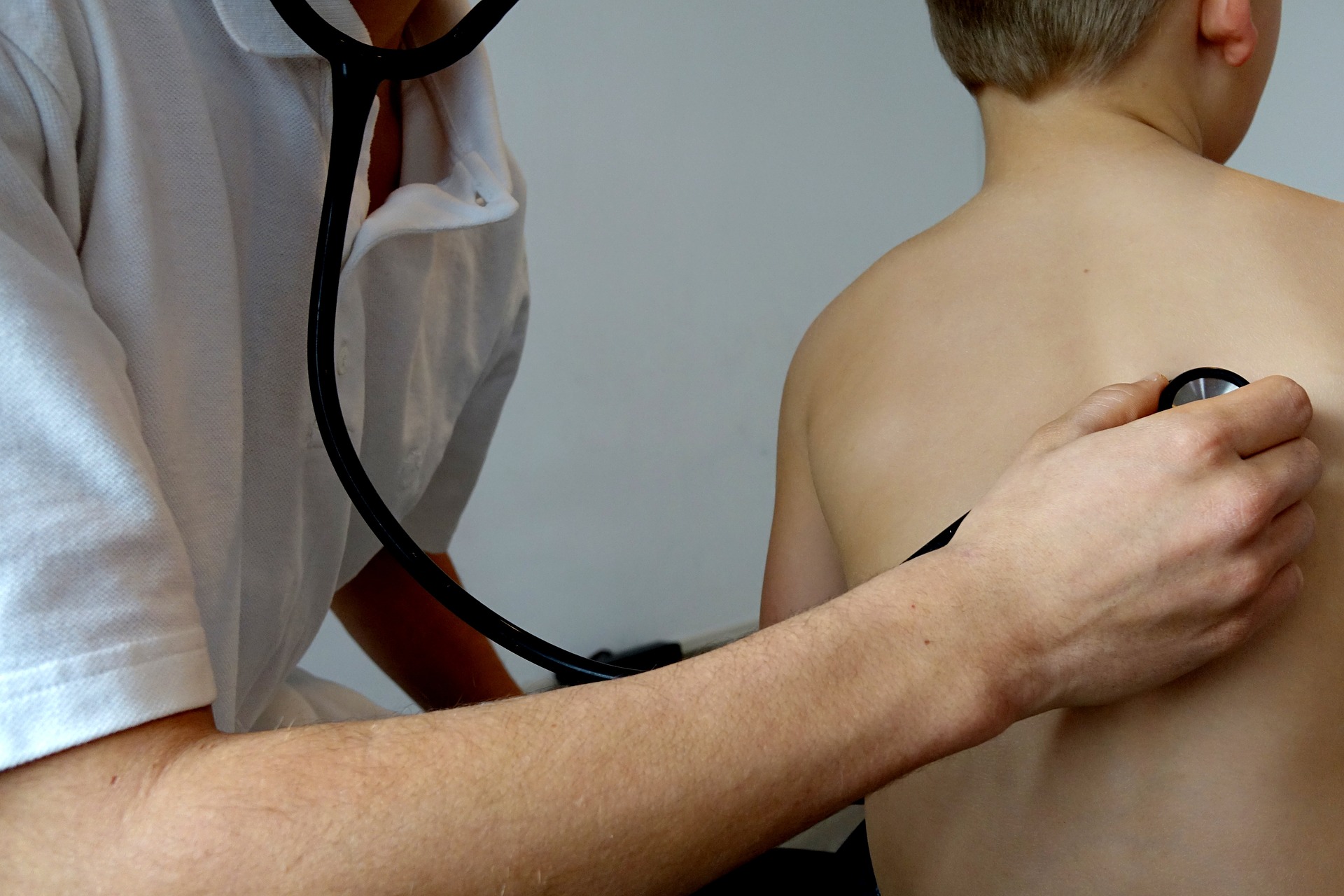The 11th chapter of Madhava Nidana deals with Kasa i.e,. diagnosis of cough. A cough is your body’s way of responding when something irritates your throat or airways. An irritant stimulates nerves that send a message to your brain. The brain then tells muscles in your chest and abdomen to push air out of your lungs to force out the irritant.
Chapter 10 — Rajayakshma – Kshatakshina Nidanam
The 10th chapter of Madhava Nidana deals with Rajayakshma – Kshatakshina Nidana ie., Diagnosis of Pulmonary Tuberculosis or Tuberculosis. Tuberculosis (TB) is a potentially serious infectious disease that mainly affects the lungs. The bacteria that cause tuberculosis are spread from person to person through tiny droplets released into the air via coughs and sneezes.
Chapter 9 – Raktapitta Nidana
The 9th chapter of Madhava Nidana deals with Raktapitta i.e., Diagnosis of the Haemorrhagic Disorders. Hereditary bleeding disorders occur due to the absence or deficiency of specific clotting proteins. The three most common hereditary bleeding disorders are hemophilia A (factor VIII deficiency), hemophilia B (factor IX deficiency) and von Willebrand disease
Chapter 8 – Pandu Roga, Kamala, Kumbha kamala, Halimaka Nidanam
The eighth chapter of Madhava Nidana deals with Pandu Roga, Kamala, Kumbha kamala, Halimaka Nidanam which can be co related to Anaemia, Jaundice, Chlorosis etc.,
Chapter 7 – Krimi Nidana
The 7th chapter of Madhava Nidana deals with Krimi Nidana, i.e., parasitic diseases. A parasite is an organism that lives by necessary means such as on or in a host organism and survives by feeding from or at the expense of that host.2 The term Krimi has adapted a wide interpretation in ancient literature and includes all pathogenic and non-pathogenic organisms covering a vast range of infestation and infection caused by a host of agents from worms to viruses.
Chapter 6 – Agnimandya, Ajirna, Visuchika, Alasaka and Vilambika Nidanam
The sixth chapter of Madhava Nidana deals with Agnimandya, Ajirna, Visuchika, Alasaka and Vilambika i.e., Dyspesia, Indigestion and Allied Diseases.





